Resources
About Us
Clinical Decision Support Systems Market by Component (Services, Software), Delivery Mode, Product, Application, Model (Knowledge-based), Type (Therapeutic, Diagnostic), Interactivity (Active, Passive), and Settings - Global Forecasts to 2024
Report ID: MRHC - 104248 Pages: 117 Apr-2019 Formats*: PDF Category: Healthcare Delivery: 24 to 72 Hours Download Free Sample ReportThe key factors driving the growth of Clinical Decision Support System (CDSS) market are increasing incidence of medical errors, increasing adoption of mhealth tools & big data, value-based reimbursements, and increasing government initiatives and corporate investments. Moreover, increasing adoption of cloud computing in healthcare as well as emerging economies offer significant growth opportunities for CDSS market players. In recent years, this market has witnessed significant rise in collaborations/partnerships between CDSS companies and hospitals to develop and provide software updated with latest information. Another major trend observed in the market is integration of CDSS with Electronic Health Record (EHR).
The major factors fueling the growth of CDSS market include increasing adoption of EHRs, rising importance and usage of big data and mhealth tools, growing incidence of medication errors, increasing adoption of cloud computing in healthcare, government support, and technological advancements.

Click here to : Get Free Sample Pages of this Report
According to the National Institutes of Health, medical errors are most common at the ordering or prescribing stage. The Food and Drug Administration estimated that 1.3 million people are affected by medication errors annually in the U.S. In addition, medical errors cause approximately 2,50,000 deaths in the U.S. per year and is the third leading cause of death in the country. As CDSS aids healthcare providers in effective clinical-decision making, growing incidence of medical errors is expected to drive the adoption of CDSS during the forecast period.
The clinical decision support systems market study presents historical market data in terms of value (2016 and 2017), estimated current data (2018), and forecasts for 2024 - by component, product, type, model, delivery mode, application, level of interactivity, and settings. The study also evaluates industry competitors and analyzes the market at regional and country level.
On the basis of component, services commanded the largest share of clinical decision support systems market in 2017, owing to the frequent nature of services such as training and development, installation, consulting, and maintenance. However, due to the need for episodic or periodic software upgradation and growing demand of CDSS, the software segment is expected to witness the highest growth during the forecast period.
Based on product, the CDSS market is segmented into integrated and standalone systems. Integrated CDSS segment accounted for the largest share in 2017 and is also expected to witness the highest growth during the forecast period. The large share and high growth of the segment can be attributed to its ability to provide a robust database to support evidence-based clinical decision-making.
The report includes extensive assessment of the key strategic developments adopted by leading market participants in the industry over the past 4 years (2015-2018). For instance, in 2017, Change Healthcare launched the new version of InterQual clinical decision support system, which consist of Medicare Procedures with efficient set of criteria, review, and other features that better help decision-making. Similarly, in July 2018, Guerbet collaborated with IBM Watson Health to help support clinical decisions.
The major players being studied under these study are Wolters Kluwer Health (U.S.), Hearst Health (U.S.), and Elsevier B.V. (The Netherlands), Cerner Corporation (U.S.), McKesson Corporation (Change Healthcare) (U.S.), Epic Systems Corporation (U.S.), MEDITECH (U.S.), Philips Healthcare (The Netherlands), International Business Machines (IBM) (U.S.), and Allscripts Healthcare Solutions, Inc. (U.S.).
Key questions answered in the report:
Increasing adoption of EHRs and increasing incidence of medical errors fuel the growth of global clinical decision support systems market
Services commanded the largest share of the overall clinical decision support systems market in 2017
The North American clinical decision support systems market favors both larger and local manufacturers that compete in multiple segments
Recent new approvals, collaborations, partnerships, and agreements, new product launches, and expansions taken place in the clinical decision support systems market space




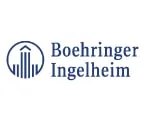


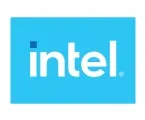

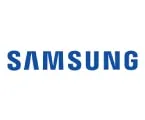





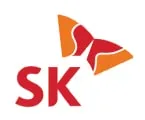



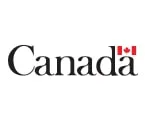




Published Date: Jun-2024
Published Date: Jun-2024
Published Date: Feb-2024
Please enter your corporate email id here to view sample report.
Subscribe to get the latest industry updates